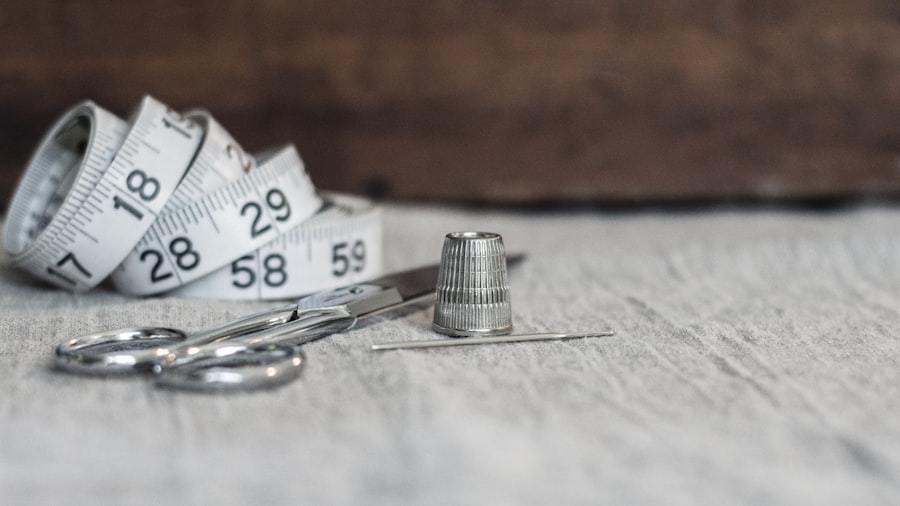When it comes to window treatments, the options can feel overwhelming. I remember when I first started exploring this world; I was amazed at how many styles and materials were available. From classic drapes to modern shades, each type serves a unique purpose and can dramatically change the ambiance of a room.
For instance, sheer curtains allow natural light to filter through while providing a sense of privacy, making them perfect for living rooms or bedrooms. On the other hand, blackout curtains are ideal for those who need complete darkness for sleeping or watching movies. Another popular option is blinds, which come in various materials like wood, faux wood, and aluminum.
They offer excellent light control and can be adjusted to suit your needs throughout the day. Roman shades are another stylish choice, combining the elegance of fabric with the functionality of blinds. They can be customized in countless patterns and colors, allowing you to express your personal style while enhancing your home’s decor.
Understanding these different types of window treatments is crucial because it helps me make informed decisions that align with my aesthetic preferences and functional requirements.
Key Takeaways
- There are various types of window treatments, including draperies, curtains, blinds, shades, and shutters, each with its own unique features and benefits.
- Accurate measurements are crucial for ensuring the proper fit and appearance of draperies and curtains, so be sure to measure the width, height, and depth of your window frame.
- The appropriate length and width of your draperies and curtains will depend on factors such as the desired level of privacy, light control, and decorative style.
- Consider the fullness and gathering of the fabric when determining the amount of material needed for your window treatment, as this can affect the overall look and feel of the design.
- When choosing hardware for hanging your draperies and curtains, take into account the weight and style of the fabric, as well as the aesthetic of the room.
Taking accurate measurements for draperies and curtains
Once I’ve decided on the type of window treatment I want, the next step is taking accurate measurements. This part can be a bit tricky, but I’ve learned that precision is key to achieving a polished look. First, I measure the width of the window frame.
It’s essential to measure from one side of the frame to the other, ensuring that I account for any obstructions like handles or locks that might interfere with the drapery. I usually add a few extra inches to each side to allow for proper coverage and to create a more finished appearance. Next, I focus on the height.
I measure from the top of the window frame down to where I want the drapery to fall. This could be just above the windowsill or all the way to the floor, depending on my design vision. If I’m going for a more dramatic look, I might even consider hanging the curtain rod higher than the window frame itself.
This technique can create an illusion of taller ceilings, which is always a bonus in any space. Taking these measurements carefully ensures that my draperies will fit perfectly and look professionally installed.
Determining the appropriate length and width for your window

Determining the appropriate length and width for my window treatments is an exciting part of the process. The length can significantly impact the overall look of a room. For instance, if I choose floor-length drapes, they can add an element of elegance and sophistication.
However, if I prefer a more casual vibe, I might opt for curtains that just graze the windowsill. It’s all about what feels right for my space and how I want it to function. Width is equally important.
I’ve learned that curtains should ideally extend beyond the window frame by at least 3 to 6 inches on each side. This not only allows for better light control but also creates a fuller appearance when the curtains are drawn open. If I’m using multiple panels, I ensure that their combined width is at least 1.5 to 2 times the width of the window for that luxurious, gathered look.
Balancing these dimensions helps me achieve a harmonious design that enhances my home’s aesthetic.
Considering the fullness and gathering of the fabric
Fullness and gathering are crucial elements that can transform how my window treatments look and feel. When I think about fullness, I consider how much fabric I want to use in my draperies. A fuller curtain creates a more luxurious appearance, while less fullness can give a more streamlined look.
Typically, I aim for a fullness ratio of 1.5 to 2 times the width of my window when selecting fabric. This means if my window is 50 inches wide, I would use between 75 to 100 inches of fabric for each panel. Gathering also plays a significant role in how my curtains hang.
If I want a more relaxed and casual vibe, I might choose a looser gathering style. Conversely, if I’m aiming for something more formal or tailored, tighter gathers work beautifully. The type of fabric I select also influences how it gathers; heavier fabrics tend to hold their shape better than lighter ones.
By considering these factors carefully, I can create window treatments that not only look great but also feel inviting and comfortable in my space.
Choosing the right hardware for hanging your draperies and curtains
Choosing the right hardware is another essential step in achieving that polished look for my window treatments. The curtain rod is often the most visible part of the installation, so it’s important to select one that complements my decor style. For instance, if my home has a modern aesthetic, sleek metal rods with minimalistic brackets work well.
On the other hand, if I’m leaning towards a more traditional style, ornate wooden rods with decorative finials can add a touch of elegance. I also consider the weight of my chosen fabric when selecting hardware. Heavier drapes require sturdier rods and brackets to support their weight without sagging or bending over time.
Additionally, I pay attention to how easy it will be to open and close my curtains; using rings or clips can make this process smoother and more functional. By carefully selecting hardware that aligns with both my style and practical needs, I ensure that my window treatments not only look good but also function effectively.
Factoring in any special considerations, such as floor length or ceiling height

When planning my window treatments, special considerations like floor length or ceiling height can significantly influence my choices. For instance, if I have high ceilings, I often opt for longer drapes that extend from ceiling to floor. This not only draws the eye upward but also creates an illusion of grandeur in the room.
Conversely, in spaces with lower ceilings, shorter curtains can help maintain balance without overwhelming the area. Floor-length drapes require careful consideration as well; they should ideally just touch the floor or have a slight break for a more tailored look. If they’re too long, they can create an unkempt appearance, while curtains that are too short may look awkward and out of place.
Additionally, if there are any architectural features like baseboards or radiators near my windows, I make sure to account for those when determining lengths and styles. By factoring in these special considerations, I can create a cohesive look that enhances my home’s overall design.
Tips for ensuring a professional and polished look
Achieving a professional and polished look with my window treatments is all about attention to detail. One tip I’ve found helpful is to ensure that my curtain rods are installed at the same height across all windows in a room; this consistency creates visual harmony and makes everything feel more intentional. Additionally, using level tools during installation helps avoid any crooked rods that could detract from an otherwise beautiful setup.
Another trick is to steam or iron my curtains before hanging them up; this simple step eliminates wrinkles and creases that can make even the most expensive fabric look cheap. If I’m using multiple panels, I ensure they are evenly spaced apart when hung; this not only looks better but also allows for easier opening and closing of the curtains. By focusing on these small details, I can elevate my window treatments from ordinary to extraordinary.
Common mistakes to avoid when measuring for draperies and curtains
As someone who has navigated this process multiple times, I’ve learned about some common mistakes to avoid when measuring for draperies and curtains. One major pitfall is forgetting to account for obstructions like window handles or radiators when measuring width; this can lead to ill-fitting treatments that don’t function properly or look aesthetically pleasing. Always double-checking these details before finalizing measurements has saved me from potential headaches down the line.
Another mistake I’ve made in the past is not considering how much fabric will be needed for gathering or fullness when calculating width; this oversight can result in curtains that appear sparse rather than luxurious. It’s essential to remember that more fabric often translates into a richer look! Lastly, failing to measure multiple times can lead to errors; I’ve learned that it’s always better to measure twice (or even three times) before cutting or purchasing fabric.
By avoiding these common missteps, I can ensure that my window treatments turn out just as envisioned—beautifully tailored and perfectly fitting!
When considering the aesthetics and functionality of your home, choosing the right draperies and curtains is crucial. To further enhance your understanding and options in window treatments, you might find it beneficial to explore trends and innovations in this area. A related article that could provide valuable insights is “The Future of Window Coverings: Trends and Innovations for 2025.” This article discusses upcoming trends in the design and technology of window treatments, which could influence your choices and methods in measuring for draperies and curtains. You can read more about it here.
FAQs
What tools do I need to measure for draperies and curtains?
You will need a measuring tape, a pencil, and a notepad to record your measurements.
How do I measure the width for draperies and curtains?
To measure the width, measure the width of the window or the area you want the draperies or curtains to cover. If you want a fuller look, add extra width to your measurement.
How do I measure the length for draperies and curtains?
To measure the length, measure from the top of the window or the top of the curtain rod to where you want the draperies or curtains to end. If you want floor-length draperies, measure to the floor and add extra length for hemming.
Should I measure for draperies and curtains before or after installing the curtain rod?
It is best to measure for draperies and curtains after installing the curtain rod to ensure accurate measurements.
What are some common mistakes to avoid when measuring for draperies and curtains?
Common mistakes to avoid include not measuring the width and length accurately, not accounting for extra fabric for a fuller look, and not considering the height of the curtain rod.



